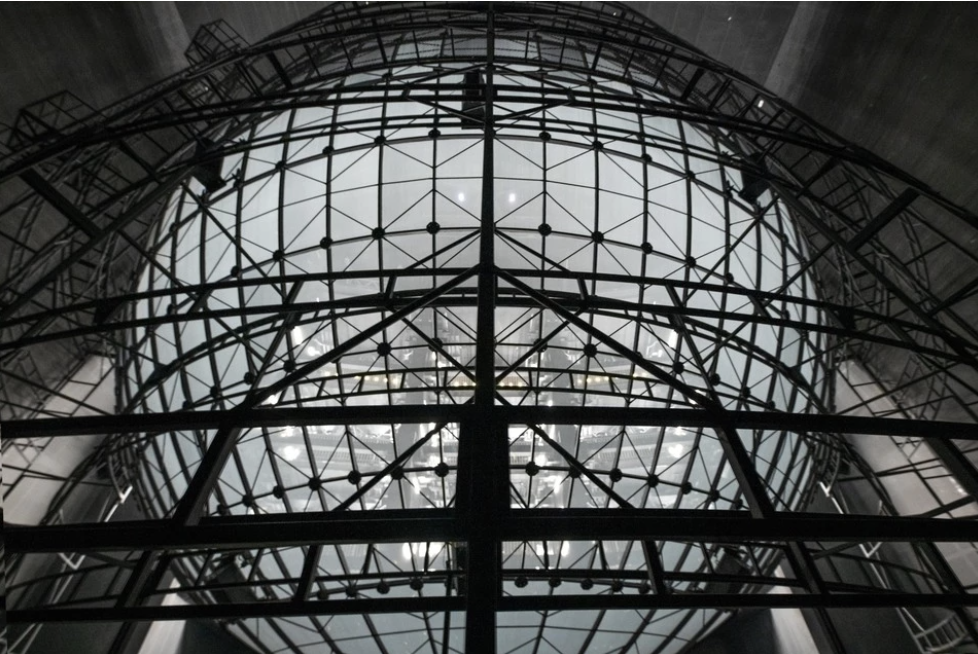Follow Concert on LinkedIn for more on the digital future of architecture.
Ask any architect and they’ll tell you: everything is changing, fast. New technologies are arriving at velocity and upending traditional practices and business models, the nature of work in the industry, and even the role of the architect in society. For many practices, this is an exciting time.
The list of new technologies on offer is long: BIM, AR/VR, digitalized work sites, digital twins, IoT, sensors, machine learning, AI, lidar scanning, robotics, 3D printing and more. It can be difficult to decipher which new technologies and processes will arrive when, and where to best invest time, energy, and capital.
In this series of posts, we’ll try to help. We’ll articulate a vision of the digitalization of the design industry. We’ll explore and unpack some of the key trends, and hopefully help architects capitalize on the most exciting new opportunities that digitalization will bring.
At the heart of our vision is the belief that the digital architecture landscape is rich in both creative and economic opportunity, and that architects, as both creators and custodians of designed space, will play a central role in the new digital building landscape.
Architectural IP is a key feature of this vision. We wouldn’t ask a musician to give away the rights to their studio work, and we shouldn’t expect it of architects. Secure, trusted architectural IP, licensed reasonably, and distributed widely, benefits all of the stakeholders in the value chain – from engineers to contractors, facilities professionals to technology providers, building occupants, workers, and more.
Participating more fully in the value derived from their work will enable architects to take more risk, and to invest more deeply in a wide range of new processes and outcomes spanning the building lifecycle. This benefits everyone, and will lead to richer and more up-to-date information, lower costs, improved design integrity, construction durability, and most importantly – healthier, more productive, and more efficient spaces.
A common platform for the exchange of design and other building data is therefore essential. In the current environment, data exchanges are often informal, unsecure, and unauthenticated. Files deprecate quickly, IP is rarely maintained, and there is seldom a single, reliable source of the truth. This is both a cause and symptom of a fragmented industry, and correcting it will increase project clarity, outcomes, and collaboration, for all.
Architects and all stakeholders in the design and construction industry are also gradually adopting what’s commonly being called a “life cycle perspective” on buildings and the built environment; this is an outlook where buildings are designed and constructed with consideration for the entire lifecycle – from conception to decommissioning. While this new and more integrative perspective on the built environment is nascent, it is accelerating, and will expand the role and importance of digitally-enabled integrative design, and therefore architecture, in the years ahead.
At CONCERT, we believe deeply in the power and potential of design. Our mission is to make the secure, authentic exchange of design, construction, and other building data as seamless and reliable as possible. We believe that the trusted exchange of data is an essential foundation for digitalization, and for architects to step into their full potential as creators and custodians of the digital built environment.
Follow Concert on LinkedIn for more on the digital future of architecture.





